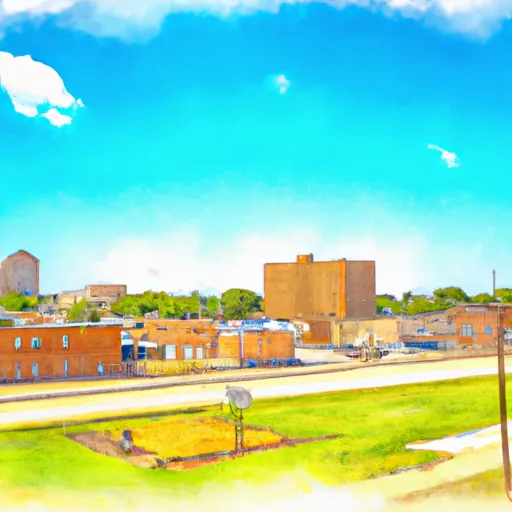°F
°F
mph
Windspeed
%
Humidity











Coupland, Texas is a charming small town located in Williamson County. The climate is warm and humid with an average temperature of 90°F during the summer months. The area is characterized by grassland prairies and small creeks such as Brushy Creek and the San Gabriel River. Hydrology constituents include the Blackland Prairie soil, which is rich in clay and has the ability to hold a significant amount of water. Outdoor recreation opportunities include fishing, camping, and hiking in nearby parks such as Lake Granger, which offers over 400 acres of water for fishing and boating. The Coupland Inn and Dancehall also provides live music and dancing for visitors interested in experiencing local culture.
Weather Forecast
Coupland receives approximately 870mm of rain per year, with humidity levels near 85% and air temperatures averaging around 20°C. Coupland has a plant hardyness factor of 8, meaning plants and agriculture in this region tend to thrive here all year round.
Regional Streamflow Levels
4
Cubic Feet Per Second
115
Cubic Feet Per Second
122
Cubic Feet Per Second
0
Cubic Feet Per Second
Nearby Camping
| Camping Area | Reservations | Toilets | Showers |
|---|---|---|---|
| Independence City Park | |||
| Taylor - Granger Lake | |||
| Cuero City Park | |||
| Bastrop State Park | |||
| Lake Wood Rec Area | |||
| North Shore Park - Lake Bastrop |



